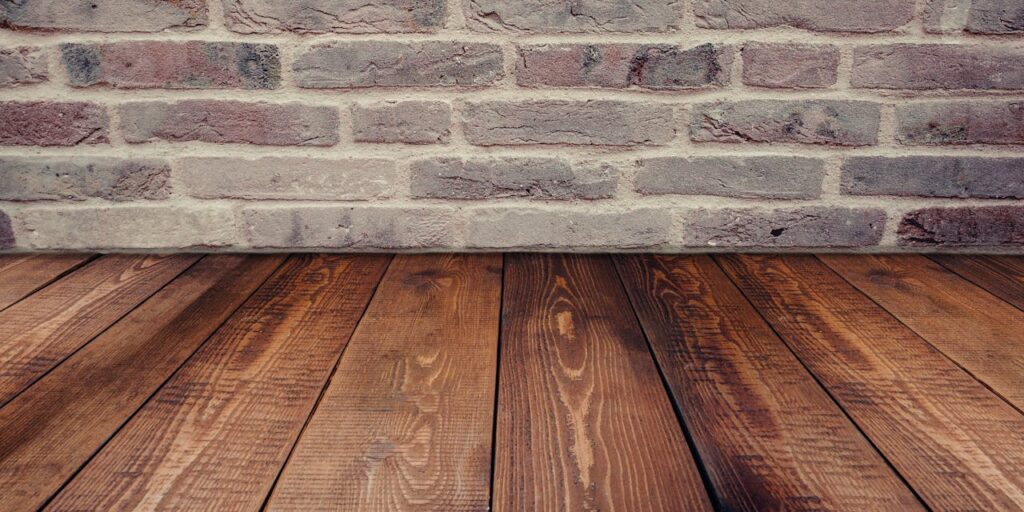Key Takeaways:
- Understand different types of flooring materials and their benefits.
- Learn how to assess your home’s needs before making a flooring choice.
- Gain insights into the maintenance and longevity of various floor types.
Introduction to Flooring Types
The options when choosing the right flooring for your home can be overwhelming. Each material has benefits and drawbacks, from hardwood and laminate to tile and carpet. Flooring is integral to your home’s aesthetic and functionality, impacting its appearance and comfort. This guide aims to help you understand the various types of flooring available and how to select the one that best suits your needs, lifestyle, and budget.
Carpet Flooring: Comfort and Warmth
Carpet is popular for living rooms and bedrooms because of its warmth and coziness. It comes in various textures, colors, and patterns, allowing you to personalize your space easily. While carpet offers a soft underfoot experience, it can be more challenging. It may not be ideal for homes with allergy sufferers. Regular cleaning is essential to keep carpets looking fresh and to extend their lifespan.
Assessing Your Home’s Needs
Assessing your home’s needs is crucial before diving into the selection process. Consider factors such as foot traffic, climate, and your lifestyle. High-traffic areas like hallways and entrances might benefit from durable materials like vinyl or tile. In contrast, bedrooms might be better suited for the cozy carpet feel. Environmental factors such as humidity and sun exposure should also influence your decision. For example, homes in humid climates may benefit from moisture-resistant flooring options like tile or vinyl.
Hardwood Flooring: Classic and Timeless
Hardwood flooring has been popular for centuries due to its timeless elegance and durability. Available in various wood types, colors, and finishes, hardwood can complement both modern and traditional interiors. While hardwood is a stunning option, it may require more maintenance than other materials. Regular polishing, refinishing, and proactive care can significantly extend the lifespan of your hardwood floor, making it a worthwhile investment in the long run.
Laminate Flooring: Affordable and Stylish
Laminate flooring is reasonably priced as an alternative to hardwood floors. It is made to resemble the texture and appearance of natural wood at a fraction of the price. Laminate is a popular option for do-it-yourselfers since it is simpler to install and maintain. Laminate, however, could not last as long as hardwood. It nevertheless provides a solid and appealing alternative for homeowners who must balance cost and aesthetic appeal while being more reasonably priced.
Tile Flooring: Versatile and Easy to Clean
Tile flooring is extremely versatile and comes in ceramic, porcelain, and natural stone. Due to its water-resistant properties, it is perfect for areas prone to moisture, such as bathrooms and kitchens. Tile is a sensible option for homes with kids or dogs because it is also simple to maintain. Additionally, tile’s ability to withstand heavy wear and tear while maintaining its aesthetic appeal makes it a long-term investment for any home.
Vinyl Flooring: Durable and Water-Resistant
Vinyl flooring has grown in popularity due to its durability and water resistance. It is available in various designs, from wood-look planks to natural stone tiles, offering a versatile solution for different rooms in your home. Vinyl is an excellent choice for areas that experience high moisture levels, like basements and laundry rooms. It’s also one of the most budget-friendly options available, making it accessible for those looking to renovate without breaking the bank.
Conclusion
Choosing the right flooring for your home involves considering material type, durability, and room function. Understanding the pros and cons helps you make an informed decision that meets your aesthetic and practical needs.

